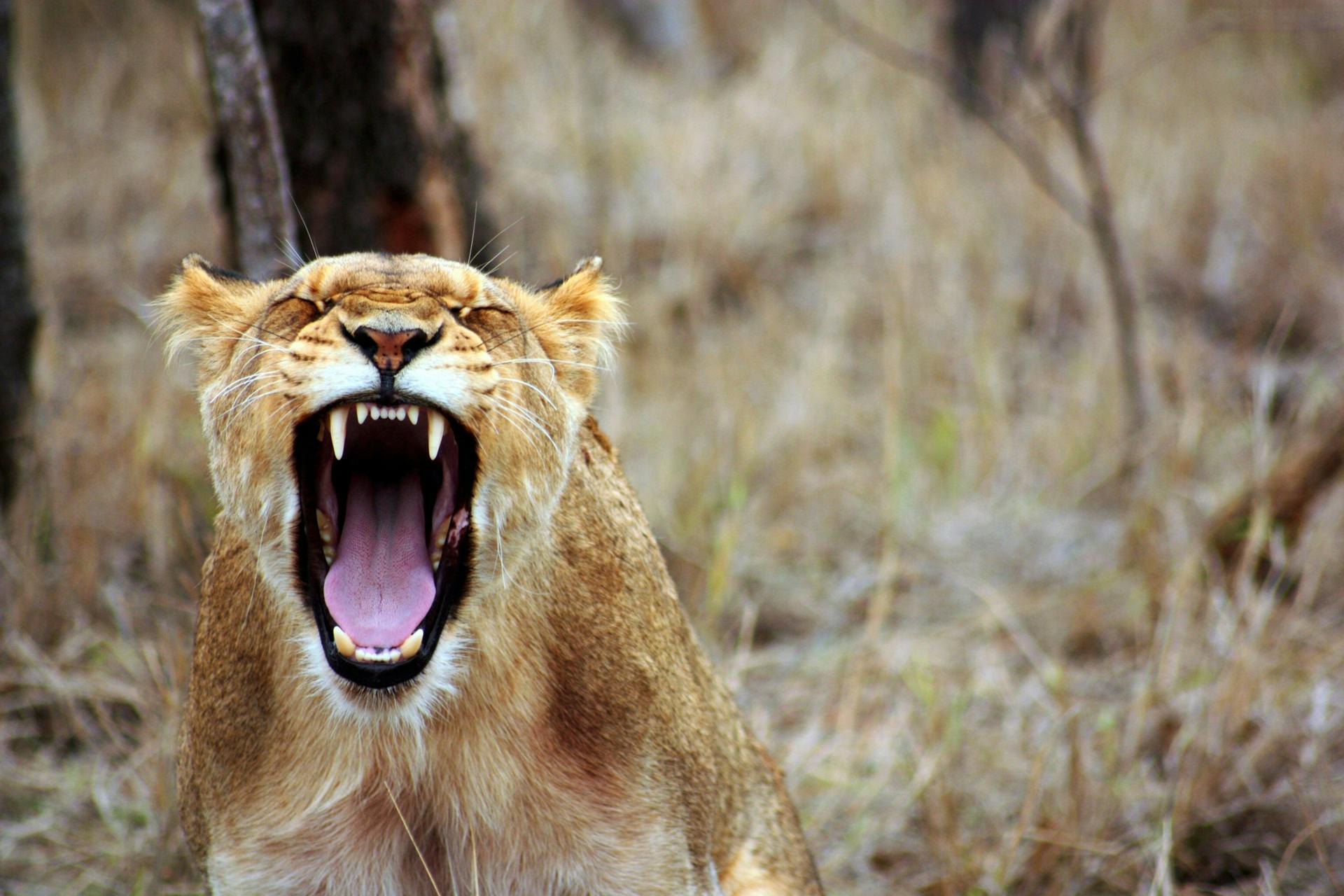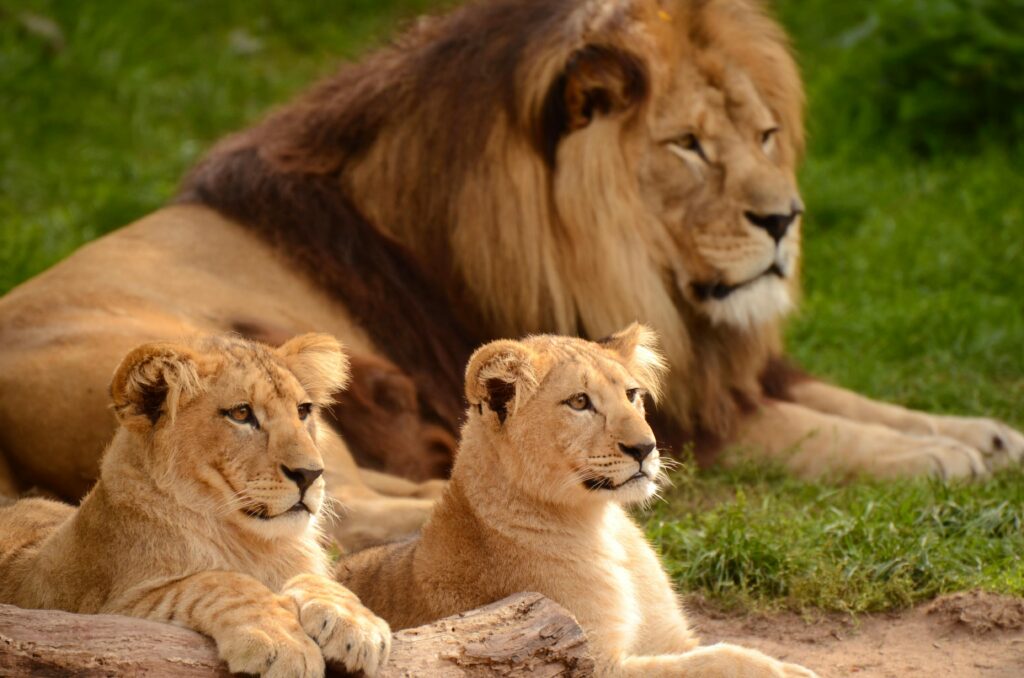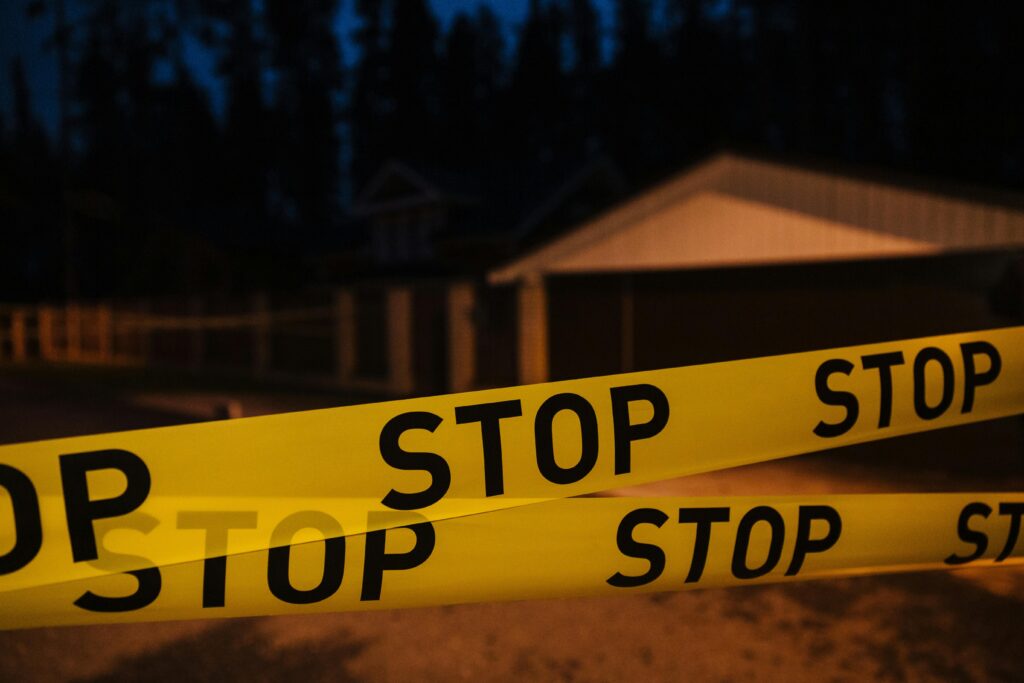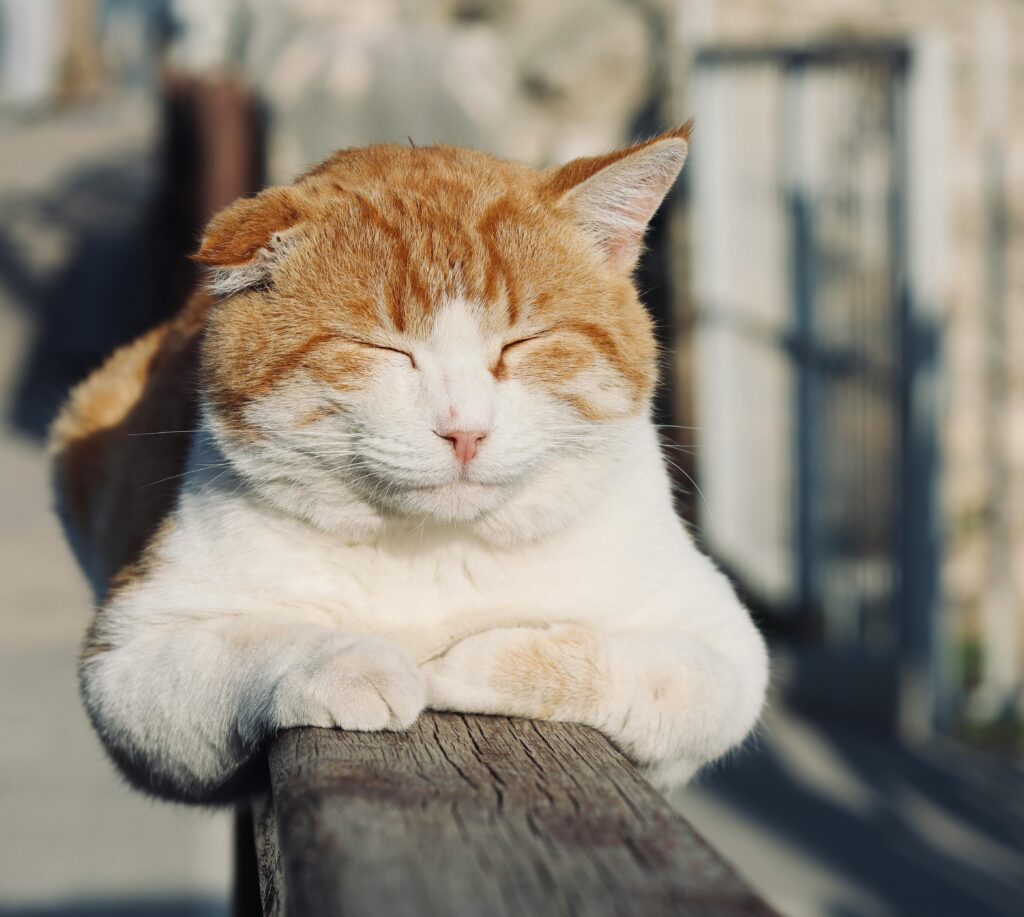Mountain Lion’ That Made School Go Into Lockdown Turned Out to Be a Fat Cat

Have you ever flinched at a shadow, only to realize it was your coat hanging on the door? Our minds are powerful storytellers capable of turning cats into mountain lions, misunderstandings into emergencies, and fear into fact.
In Moses Lake, Washington, a quiet elementary school morning was shattered by what seemed like a serious threat: a mountain lion near campus. Doors locked. Blinds drawn. Hearts racing. But as the dust settled and tension gave way to clarity, the truth emerged it wasn’t a mountain lion at all. It was George, a plump, orange housecat, enjoying a not-so-graceful breakfast of rat.
It’s a story that made headlines and sparked laughter, but beneath the humor lies something deeper: a mirror into how we see the world when uncertainty clouds our vision. This isn’t just about a fat cat. It’s about how we react when we’re unsure, what we believe when we’re afraid, and what it really means to be prepared in life, not just in lockdowns.
A Morning of Mistaken Identity
It started with a report, a mountain lion, spotted near the edge of Goff Elementary School in Moses Lake, Washington. In a state where cougars roam the forests and open spaces, such a warning isn’t brushed off. Teachers and staff acted quickly, placing the school into lockdown. Doors were sealed, windows covered, and children kept inside. No one questioned the seriousness of the moment. After all, when a predator might be nearby, every second matters.
The report had come from a teacher who glimpsed the animal from a distance in the early morning light. That timing matters. Mountain lions are crepuscular most active at dawn and dusk so the threat seemed not only possible but likely. Fear has a way of filling in the blanks. A flash of movement, a crouching figure, a long tail the mind doesn’t wait for confirmation. It leaps.
Mountain lion' that made school go into lockdown turned out to be a fat cat.
— P Payne 🐃 (@mdluliiipayne) July 12, 2025
🔔@Everything_Science pic.twitter.com/nS6Z2Jgvxq
But when authorities investigated, the threat unraveled into something far less fearsome. There was no mountain lion. No chase. No wild predator lurking in the brush.
What they found instead was George a rotund, orange housecat from the neighborhood crouched over a rat, mid-meal. George wasn’t stalking children; he was simply having breakfast. And yet, for a few tense minutes, he was the most feared feline in the county.
The lockdown was lifted. The students resumed class. Laughter slowly replaced concern. But the image of an entire school halted by a chubby cat gnawing on a rodent would linger far beyond the final bell.
Because sometimes, the danger we brace for never existed. And sometimes, a moment of misjudgment becomes a story no one forgets.
The Psychology of Perception

Fear has a way of bending reality.
In moments of uncertainty, our minds become artists of assumption filling in gaps with worst-case scenarios, painting ordinary things with the brushstrokes of danger. That’s not weakness. It’s wiring.
Psychologists call it threat perception bias: a natural tendency to overestimate potential threats when we feel vulnerable or unsure. It’s what helped our ancestors survive in the wild but in modern life, it often plays tricks on us. A shadow becomes a burglar. A cough becomes a crisis. A fat housecat becomes a mountain lion.
At Goff Elementary, no one saw George the cat clearly. It was early. The light was dim. A flash of orange fur and a low, crouching shape was all it took. Our brains don’t like question marks, especially when safety is on the line so we fill them with exclamation points. Big ones.
There’s also the phenomenon of confirmation bias. If you believe something might be a threat in a place like Washington, where mountain lions really do exist you’re more likely to interpret ambiguous evidence as confirmation. It’s not irrational. It’s protective. And in the context of a school, with children involved, that instinct to act fast can save lives.
But fear doesn’t always bring clarity. Often, it blurs it.
In the rush to protect, we sometimes miss the truth staring back at us or nibbling on a rat just outside the playground. And while this story had a lighthearted ending, it speaks to a much broader truth: our perception is not always our reality. And unchecked fear, however well-meaning, can lead us to lock down not just our schools, but our hearts, our relationships, and our lives.
Why Acting on Caution Still Matters

Let’s be clear: Goff Elementary did the right thing.
Yes, the threat turned out to be a misidentified housecat named George but no one could’ve known that in the moment. When a report comes in about a potential mountain lion near a school, there’s no time for guesswork. There’s only time for action. And in this case, the school acted swiftly, calmly, and by the book.
Because it’s always better to explain a false alarm than to regret inaction.
According to Washington’s Department of Fish and Wildlife, thousands of mountain lions live across the state. Sightings are on the rise, especially in suburban and semi-rural communities like Moses Lake. Mountain lions don’t follow neighborhood boundaries they follow food, cover, and quiet. And schools, especially those near open land or brush, sit right at the edge of that possibility.
Preparedness isn’t paranoia it’s wisdom.
We live in a world where split-second decisions matter. And while this incident became a viral punchline, it’s also a model of what responsible crisis response looks like: assume the threat is real until proven otherwise. Lock the doors. Protect the kids. Then, investigate.
This applies far beyond wildlife sightings. Caution is a form of care in relationships, in mental health, in daily life. Listening when something feels off. Acting when someone seems withdrawn. Calling for help when we sense something isn’t right. We don’t always get confirmation in the moment, but that doesn’t mean we shouldn’t act.
Because sometimes the threat is real. And even when it isn’t, acting on caution shows we’re paying attention.
What Are We Mistaking for Threats?

So here’s the question no headline asked but every heart should:
How often do we mistake our own version of George for a mountain lion?
How many times do we lock ourselves down over imagined threats? We see failure crouching in the corner before we even try. We hear rejection in silence. We assume someone’s anger is about us. We read danger in discomfort and then let fear run the narrative.
This story, humorous as it may be, holds up a mirror. Not just to how we respond to external warnings, but how we internalize fear. We shrink from opportunities because they might hurt. We avoid conversations because they might go wrong. We hold back our gifts because someone once mistook them for “too much.”
But what if that threat… isn’t one?
What if the job you’re scared to apply for isn’t a mountain lion just a fat cat of self-doubt, sitting in your mind, chewing on what-ifs?
What if that conflict you keep replaying isn’t about danger but about growth?
What if the silence isn’t rejection but space for you to speak?
It’s easy to let fear shape our story. But most of the time, it’s our perception not reality that has us bracing for impact. Yes, caution has its place. But unchecked, it can become a cage that keeps us from experiencing the fullness of life.
So take a breath. Look again. Ask: is this really a threat… or just a misread moment?
Because sometimes, the thing you’re running from is just George. And George, honestly, couldn’t care less.
Choose Awareness Over Assumption
It started with a lockdown. It ended with a laugh.
But between those two moments lives a lesson we all need especially in a world that moves fast, assumes faster, and rarely pauses to look again.
Goff Elementary didn’t fail. The community didn’t overreact. They did what they were taught to do: protect first, clarify second. And in the end, no harm was done. But for the rest of us who live much of our lives outside structured protocols this story is a quiet invitation to rethink how we respond.
Because not every threat is real.
Not every silence is judgment.
Not every problem is a predator.
Sometimes, it’s just George.
The next time fear whispers a warning, check twice. Don’t let unverified assumptions close doors that were meant to stay open. Don’t let past wounds disguise themselves as present danger. And don’t lock yourself down when life is calling you out.
Choose awareness over assumption.
Choose presence over panic.
Choose clarity over fear.
The world is full of fat cats pretending to be mountain lions. Don’t let them stop you from showing up, speaking out, or stepping forward.
Because courage isn’t the absence of fear it’s the willingness to look again.
Loading...

